Busy lifestyles often leave little time for preparing hearty, nutritious meals. Enter slow-cooked meals—a game-changer for anyone seeking convenience without compromising on flavor or health. With minimal prep work and hands-off cooking, slow-cooked meals offer a delicious solution to daily meal planning. Whether you’re a seasoned home cook or new to the kitchen, exploring the world of slow-cooked dishes opens up a realm of possibilities. From tender meats to vibrant vegetables, slow cooking transforms ordinary ingredients into extraordinary dishes. This guide delves into the ins and outs of slow-cooked meals, covering everything from ingredient selection to appliance comparisons, ensuring you unlock the full potential of this versatile cooking method. Discover how slow-cooked meals can become a cornerstone of your culinary repertoire, offering comfort, savings, and satisfaction with every bite.
Key Takeaways
- Differentiate between crockpots and slow cookers for optimal slow-cooked meals.
- Avoid cooking eggs and fresh herbs in slow cookers to enhance meal success.
- Understand the drawbacks of slow cookers, such as overcooking and energy consumption, to plan meals effectively.
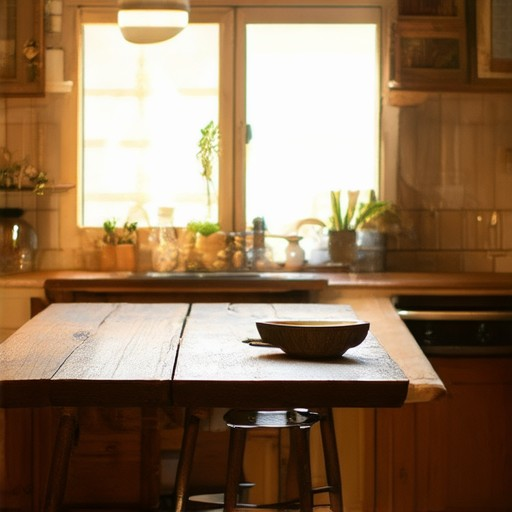
What Foods Should Be Slow Cooked?
Slow cooking allows certain foods to develop deep flavors and remain tender. Here’s a curated list of foods that thrive in a slow cooker:
- Meats:
- Beef roasts (e.g., chuck roast)
- Pork shoulder
- Chicken thighs or breasts
- Lamb shanks
- Vegetables:
- Root vegetables (carrots, potatoes, sweet potatoes)
- Leafy greens (spinach, kale)
- Broccoli and Brussels sprouts
- Cauliflower and zucchini
- Fruits:
- Apples and pears
- Dried fruits (apricots, prunes)
- Grains:
- Wild rice
- Quinoa
- Farro
- Cheeses:
- Cheddar cheese
- Gouda cheese
- Milk/Cream:
- Milk
- Heavy cream
- Herbs & Spices:
- Garlic
- Onion
- Paprika
- Cumin
- Thyme
These ingredients pair well together, creating hearty, flavorful meals with minimal effort. Experiment with different combinations to discover your favorite slow-cooked dishes!
What Can I Cook in a Slow Cooker?
Discover a variety of delicious recipes perfect for your slow cooker. Transform your kitchen into a culinary haven with these slow-cooked marvels:
Meat Dishes
- Beef Stew : Simmer chuck steak with carrots, potatoes, and onions in a rich beef broth. Let it cook on low for 8-10 hours, resulting in tender, flavorful meat.
- Herb-Crusted Beef Roast : Season a boneless beef rib roast with herbs and garlic, then slow-cook it with red wine and veggies for a juicy, aromatic dish.
- Pork Loin : Combine spices and place a pork loin in the slow cooker with apple cider vinegar and onions. Cook on low for 7-8 hours for a succulent meal.
- Fish : Opt for white fish like cod or tilapia. Cook with butter, lemon juice, and dill for a moist and flavorful result.
Soups and Stews
- Chicken Soup : Sauté veggies and chicken breasts, then pour in broth and seasonings. Let it simmer all day for a hearty, comforting soup.
- Creamy Chicken Stew : Combine shredded chicken, veggies, and cream of chicken soup in your slow cooker for a creamy, satisfying stew.
Vegetarian Options
- Stuffed Peppers : Stuff bell peppers with rice, tomatoes, and cheese, then slow-cook them until tender. Serve as a hearty meal.
- Vegetable Casserole : Layer veggies, cheese, and cream of mushroom soup in a slow cooker. Cook on high for 4-5 hours until bubbly.
Pork Dishes
- Pork Chops : Season pork chops with spices and cook in a tangy BBQ sauce. Slow-cook on low for 6-7 hours until tender.
- Pulled Pork : Smoke or sear pork shoulder, then cook on low with apple cider vinegar and bbq sauce. Shred for a smoky, juicy dish.
Desserts
- Applesauce : Simmer apples with sugar and cinnamon in your slow cooker for a sweet, spiced dessert.
- Cinnamon-Spiced Apples : Slice apples and toss with brown sugar and cinnamon. Slow-cook until soft and aromatic.
- Oatmeal : Cook oats with milk and a touch of honey overnight. Top with fruits and nuts for a nutritious breakfast.
Tips for Success
- Plan to cook covered dishes for 6-8 hours on low or 4-5 hours on high.
- Add liquid (broth, water, or wine) to ensure moisture in meat dishes.
- Check consistency towards the end; adjust seasoning as needed.
With these slow cooker recipes, you’ll elevate your meals and enjoy the convenience of hands-off cooking. Explore more slow cooker recipes for a delightful culinary experience!
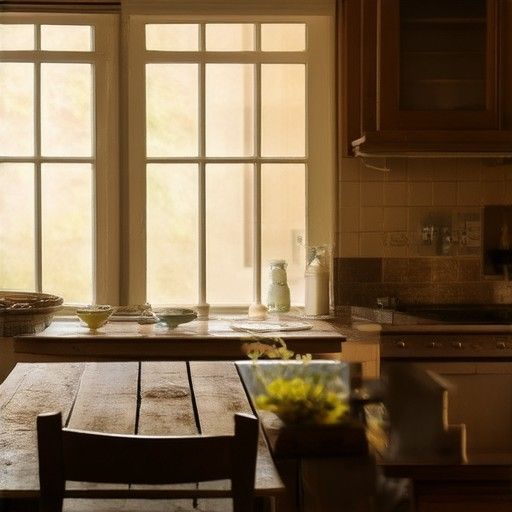
Is 4 Hours on High the Same as 8 Hours on Low?
The relationship between cooking time on high and low settings can be understood through the following comparison:
Generally, 4 hours on the high setting is equivalent to approximately 8 hours on the low setting. This is because the cooking process on the high setting runs at a faster rate, effectively halving the total cooking time required.
To illustrate this relationship mathematically, we can express it as:
Time on high = Time on low / 2
For example:
- If a recipe takes 8 hours on the low setting, it would take 4 hours on the high setting.
- A dish that requires 6 hours on low would cook in 3 hours on high.
- Similarly, a recipe needing 10 hours on low would finish in 5 hours on high.
This adjustment in cooking time allows for more efficient use of the appliance while achieving the same level of doneness and texture.
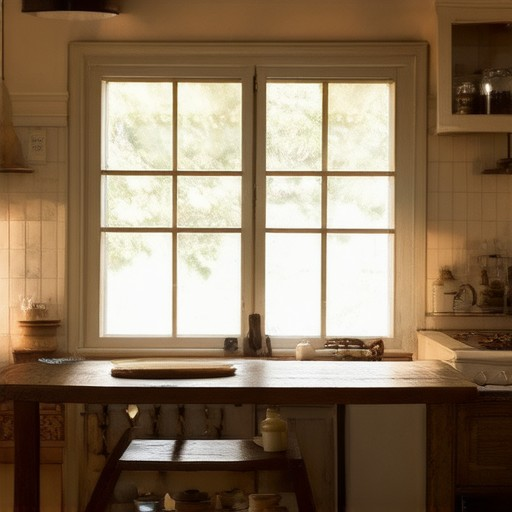
Understanding the Difference Between a Crockpot and a Slow Cooker
The question often arises: What exactly is the difference between a crockpot and a slow cooker? While both appliances are designed for slow cooking, they have distinct differences in design, functionality, and intended use. Below is a detailed comparison to help you understand which one suits your needs best.
Size and Capacity
- Crockpot: Typically larger in size, crockpots often come with a ceramic or stoneware insert that can hold anywhere from 4 to 8 quarts. They are ideal for cooking large batches of food, such as soups, stews, or roasts.
- Slow Cooker: Generally smaller, slow cookers usually have a 3 to 6-quart capacity. They are perfect for family-sized meals or dishes that don’t require a very large cooking surface.
Functionality
- Crockpot: Crockpots are known for their ability to cook food slowly and evenly over long periods. They are often left on the stove or in the oven, requiring constant monitoring to adjust heat levels as needed.
- Slow Cooker: Slow cookers, on the other hand, are electric appliances that cook food automatically once set. They maintain a consistent temperature, making them more convenient for hands-off cooking.
Cooking Methods
- Crockpot: Crockpots rely on conventional cooking methods, such as sautéing or browning food before transferring it to the ceramic insert. This requires some manual attention during the initial stages of cooking.
- Slow Cooker: Slow cookers typically have built-in features like sautéing and simmering, allowing you to brown meat or soften vegetables before slow cooking. This simplifies the cooking process and reduces the need for separate prep work.
Safety Features
- Crockpot: Some modern crockpots come with features like automatic shut-off or temperature control, but these are less common compared to slow cookers.
- Slow Cooker: Slow cookers often include advanced safety mechanisms, such as overheating protection and automatic shutoff, ensuring your kitchen remains safe while cooking.
Choosing the Right Appliance
- If you prefer hands-on cooking or need to brown ingredients, a crockpot may be your better choice. However, if you want the convenience of a fully automated cooking process, a slow cooker is likely more suitable.
- Consider your cooking habits and the size of your meals when deciding between the two. A slow cooker is great for everyday family meals, while a crockpot excels for larger gatherings or batch cooking.
Both appliances can be valuable additions to your kitchen, depending on your specific needs. Whether you’re preparing a hearty stew or roasting a turkey, having the right tool for the job will make your cooking experience more enjoyable. Remember to explore our recipe collection for inspiration on how to get the most out of your slow cooking appliances!
Explore More Recipes and Cooking Tips
What Cannot Be Cooked in a Slow Cooker?
While slow cookers are versatile appliances capable of preparing a variety of dishes, there are certain foods and ingredients that may not cook well or may not achieve the desired results when placed in a slow cooker. Here are some examples:
- Eggs : Eggs are generally not recommended for slow cooking due to their sensitive nature. They tend to undercook or remain rubbery, as slow cooking does not provide sufficient heat to fully cook them.
- Fresh Eggs : Similar to regular eggs, fresh eggs may not cook properly in a slow cooker and could result in an undercooked texture.
- Delicate Herbs : Fresh herbs like basil, cilantro, or parsley may lose their flavor and aroma when slow-cooked, as prolonged exposure to heat can diminish their potency. Dried herbs are often a better substitute in this scenario.
- Certain Cheeses : Some cheeses, such as fresh mozzarella, may not melt well or could separate when exposed to the slow cooking process. Opting for cheeses like cheddar or provolone that have a higher melting point may yield better results.
By understanding these limitations, you can maximize the functionality of your slow cooker and achieve successful cooking outcomes every time.

Disadvantages of Using a Slow Cooker
- Overcooking: Leaving the slow cooker on for too long can result in overcooked, dried-out food, particularly meats.
- Limited Control: Once the slow cooker is set, it’s difficult to adjust the cooking time without turning it off, which may not be ideal for certain recipes.
- Undercooking Risk: Some recipes require precise timing, and slow cooking for too short a duration may leave ingredients undercooked or uneaten.
- Cleaning Challenges: Slow cookers can become messy, especially with sticky or oily foods, requiring careful cleaning to prevent bacteria growth.
- Energy Consumption: Leaving a slow cooker running all day consumes significant electricity, unlike stovetop or oven cooking methods.
- Space Constraints: Slow cookers occupy valuable kitchen counter space, and their size may not be ideal for small kitchens or limited storage.
While slow cookers offer convenience and ease of use, these drawbacks highlight the importance of planning meals carefully and considering alternative cooking methods when necessary to achieve the desired results.

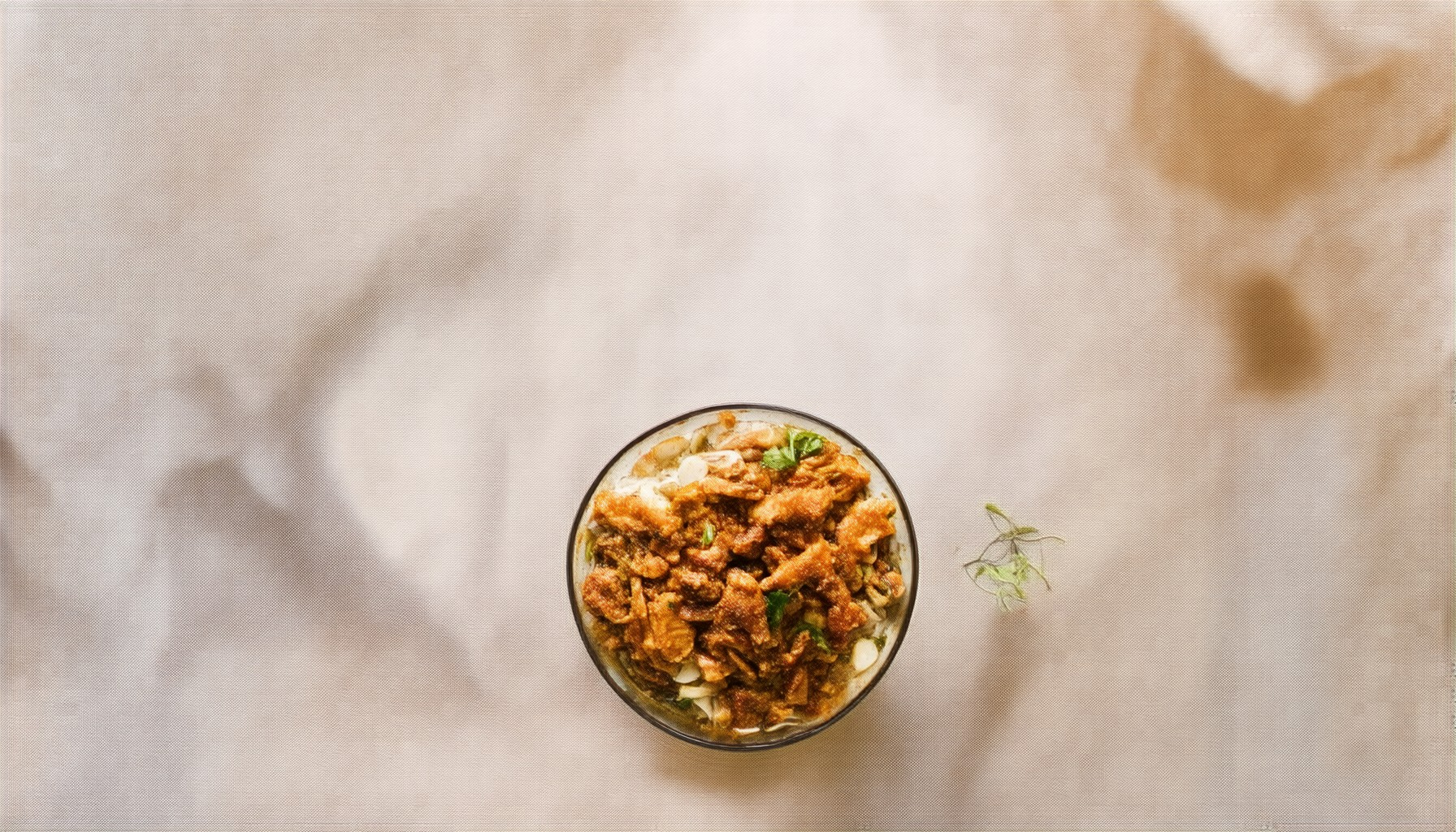

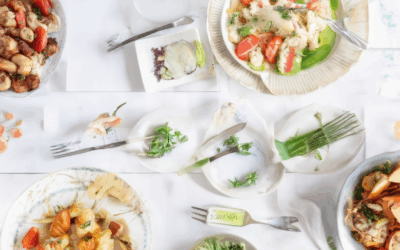
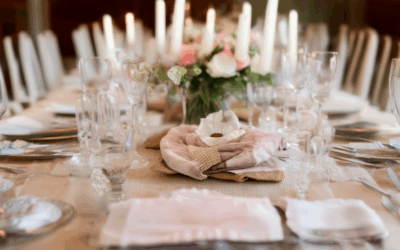
0 Comments